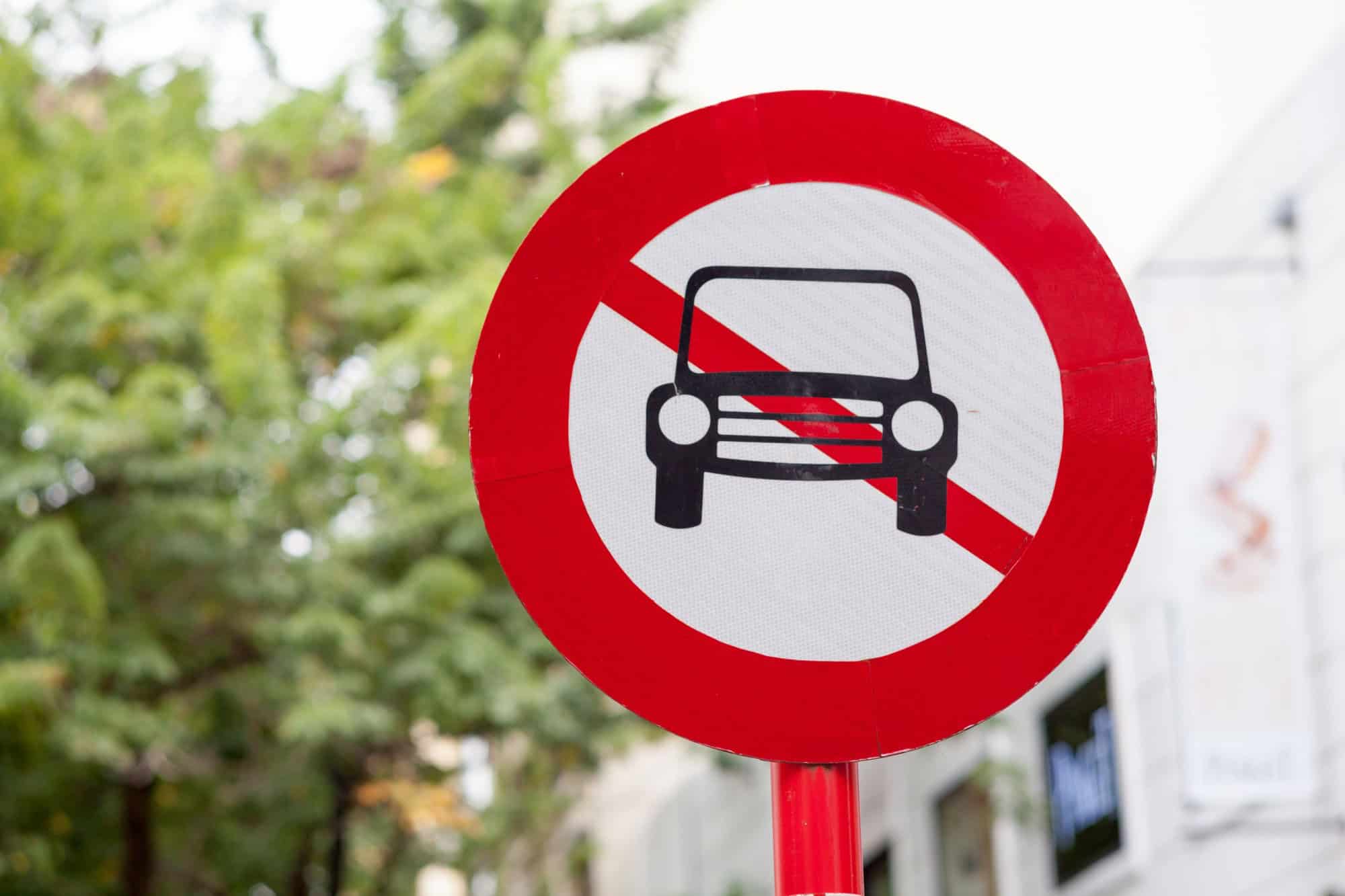Across from Toronto’s downtown skyline are some homes that are practically a world of their own. They’re on Ward’s & Algonquin Islands. But what makes them really stand out is the fact that there are no cars there whatsoever.
That’s right, no honking & no parking tickets on your windshield, just bikes and walking. But why? And what are the consequences? Let’s find out.
Key takeaways
You’ll learn about:
- How the island community became car-free
- How the residents deal without having cars
- The exceptions to the rule
- Why the islands look the way they do today
Where this island neighbourhood is
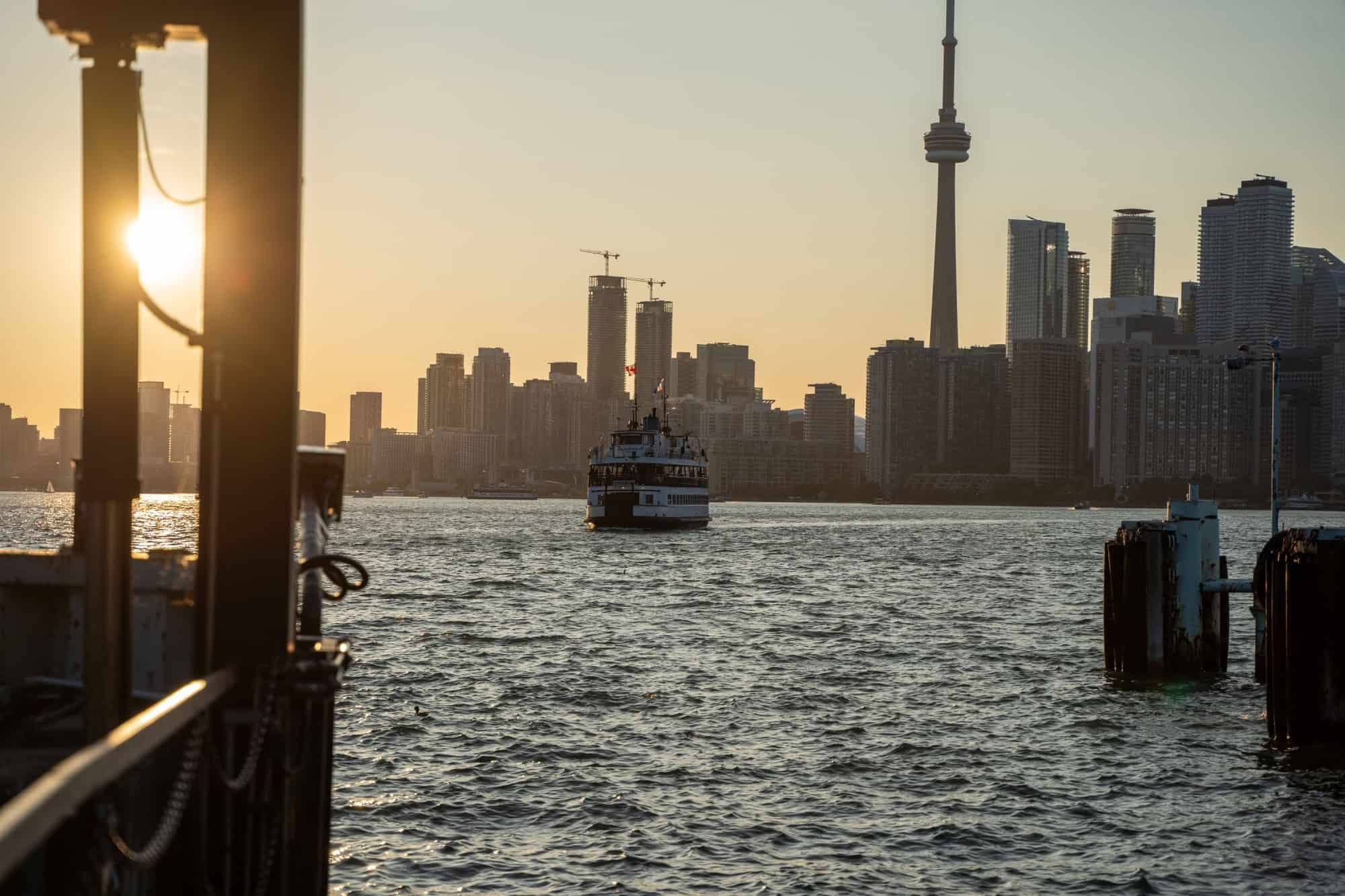
Ward’s Island & Algonquin Island are on the very eastern end of the Toronto Islands. They’re part of the small stretch of parkland that goes around the inner harbour.
There are a few hundred cottages & houses on the two islands. They’re surrounded by trees and beaches, as well as boardwalks. You can stand on Ward’s Island’s beach & see the CN Tower. But there’s not a car in sight.
How people reach the neighbourhood
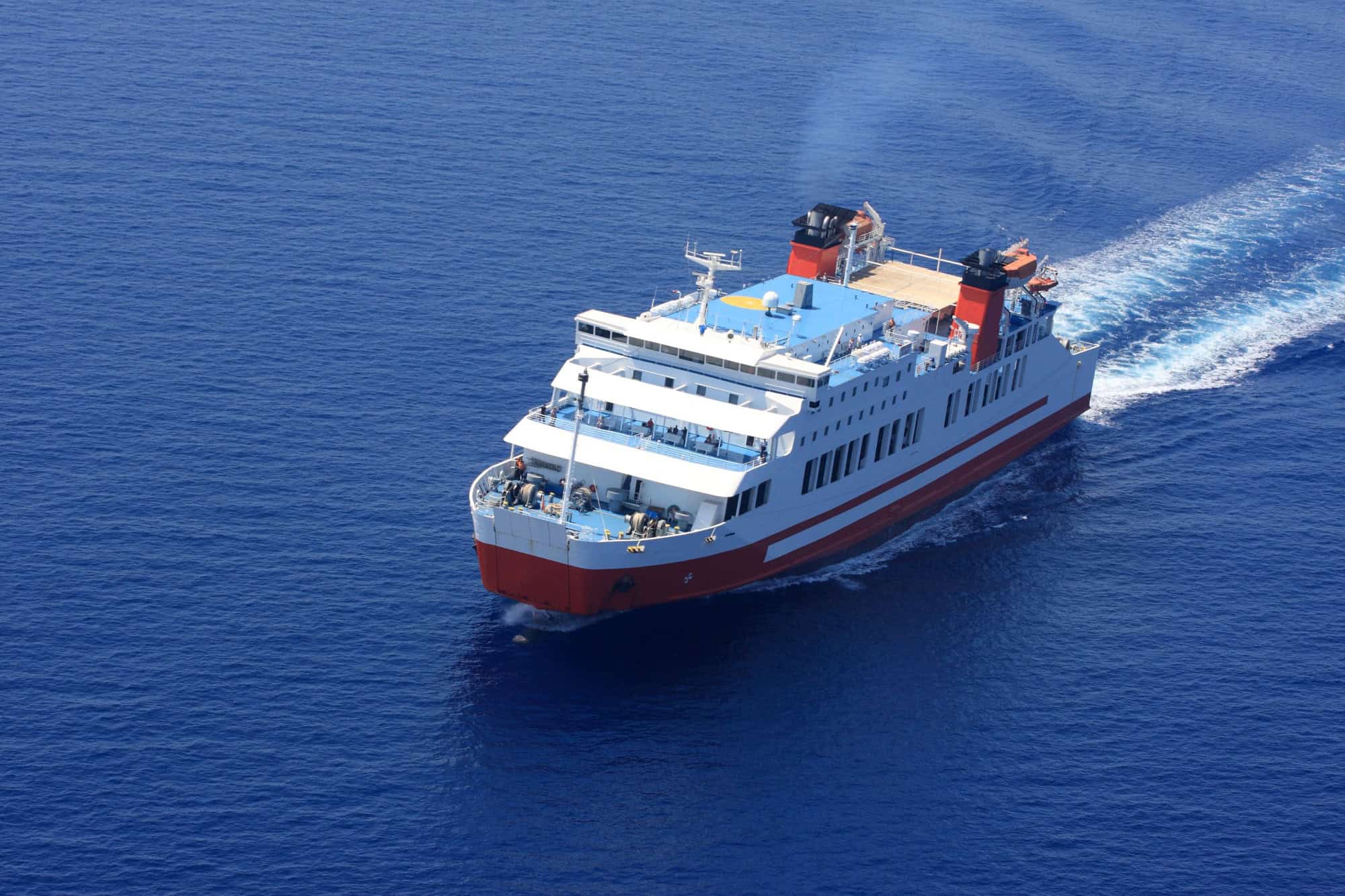
There’s only one way to visit the islands, and that’s by ferry. Boats leave from the Jack Layton Ferry Terminal near Bay Street. They cross the harbour in approximately 15 minutes & the ferries run all year. Yes, they go through the ice in winter.
During the summer, some people use water taxis. But that’s the only other time that there’s another way to travel. Groceries & deliveries all arrive at the islands the same way, which is across the water, one trip at a time.
What “no cars” really means on the ground

The “no cars” rule means exactly that. You’re not allowed to drive private vehicles on any of the roads, with only a few exceptions:
- Emergency vehicles
- City & park service trucks
- Deliveries
- Maintenance vans with permits
Everyone else needs to walk, bike, or take public transport. Some use handcarts to take their groceries from the ferry dock. There’s also a Bike Share station so that visitors can pedal around easily. Some people call it the “quietest neighbourhood in Toronto.” They’re not wrong.
However, don’t let the rule fool you. Traffic still exists here because public transport is still present, so you’ll need to watch out. It’s a lot quieter, though.
When the rules took hold

So where did this rule come from? It came from how the government ran the islands. During the early 1990s, the province dealt with decades of debates over whether the houses should even stay on the islands. They created the 1993 Toronto Islands Residential Community Stewardship Act in response.
The Act made the community official and created rules for how to lease & manage the land. But the Act doesn’t grant people access to private cars. It never made room for them. Since the ruling, city master plans have worked hard to make the islands car-free.
Why the neighbourhood survived
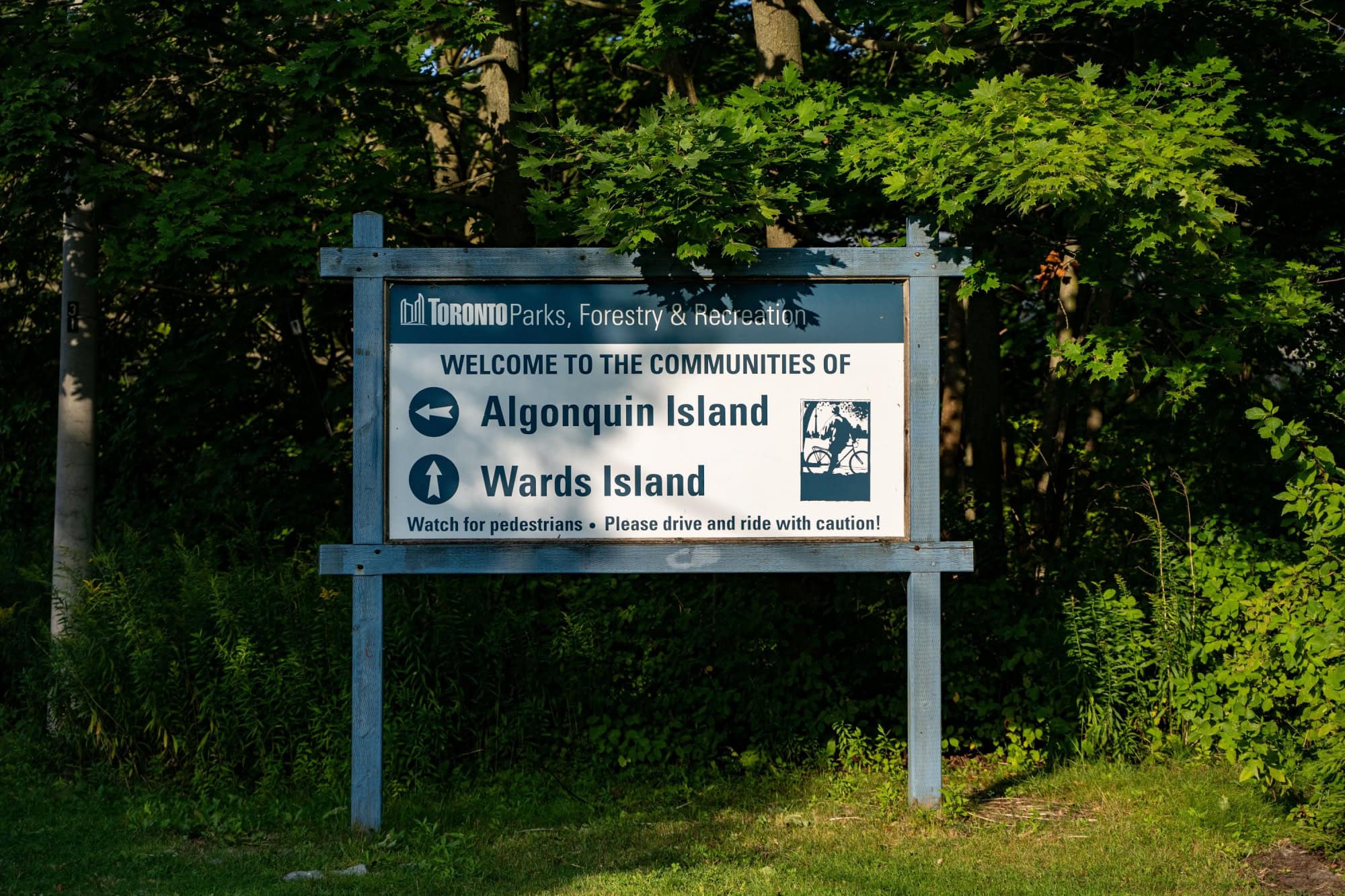
The Stewardship Act practically saved the neighbourhood. It created the Toronto Islands Residential Community Trust, a group that looks after the leases & land. It does so on behalf of the residents and the province.
Today, the Trust still controls things. It works almost like a landlord that answers to both the government and the residents on the island.
Lower noise & cleaner air

The lack of private engines running all day means that the neighbourhood sounds different. Yes, you hear a few buses now and then. But it’s mostly kids & the wind, without the constant sound of traffic. There’s also a clear lack of an exhaust smell, as well as parking spaces to fight over.
The islands are quiet enough that people notice when a service truck passes through. It’s one of the few motorized sounds around. Once you factor in the parkland trees & open air from the lake, it becomes quite an easy place in which to breathe. The neighbourhood mostly operates on human-powered movement over gas or even electricity.
Visitors have to slow down

People visiting the islands quickly realize that there’s no shortcut to getting anywhere. Once you step off the ferry, that’s it. You either use your feet or public transport to get around. It changes how people explore the area because they wander & stop more often.
It feels more relaxed here, even on weekends. There’s no rush to get anywhere. Anyone who’s used to being in Toronto’s constant traffic will probably feel a little creeped out by how quiet & open it feels.
How many homes and where they sit
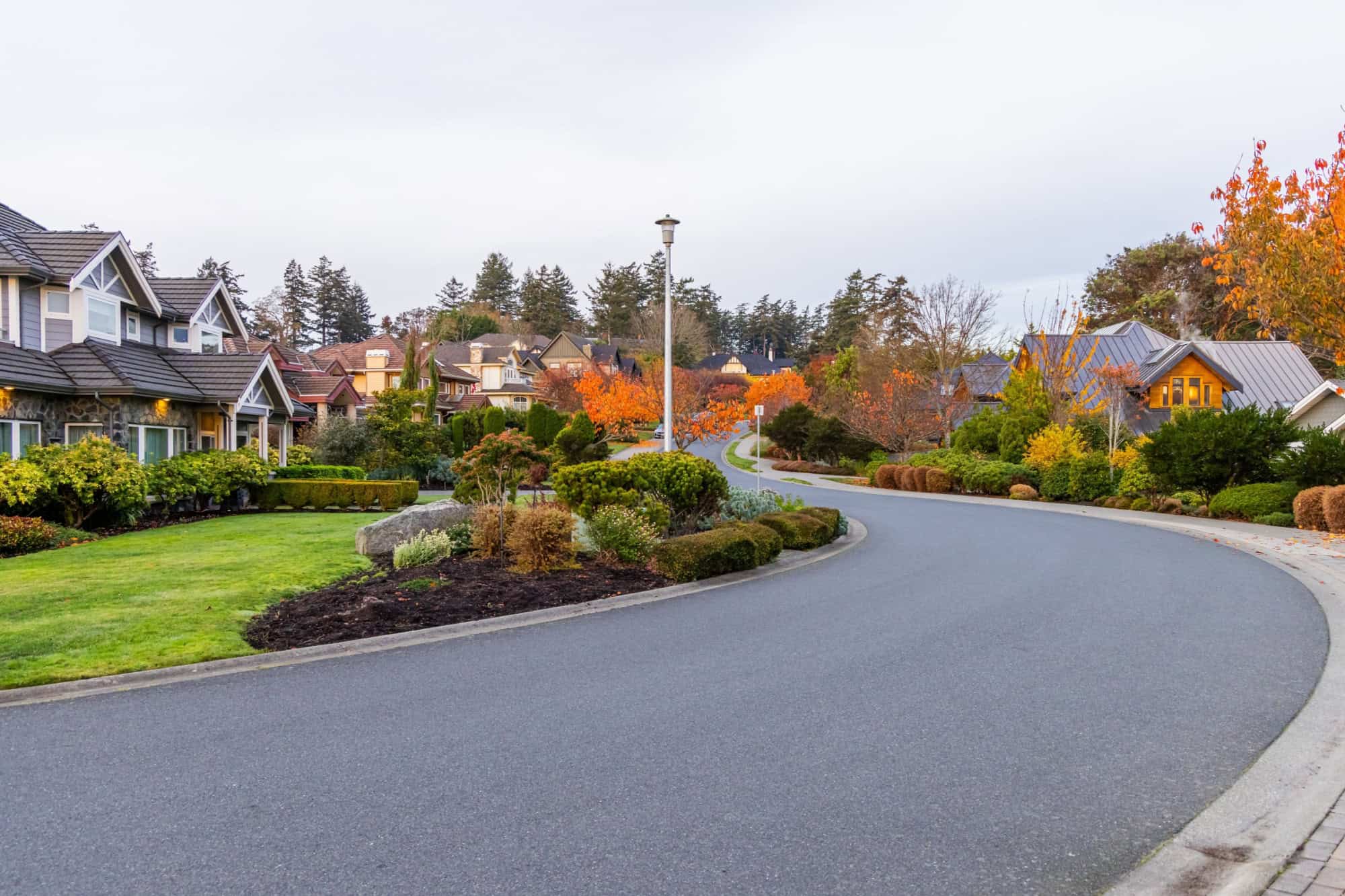
The islands’ few hundred houses are packed into the eastern tip of the island chain. As for the rest of the island, it’s mostly public parks & beaches, as well as trails. Most of the homes are on narrow streets that look like cottage paths.
Since there’s no room or reason for cars, the houses here look slightly different. Some of them have wooden gates instead of driveways. You’d be forgiven for thinking that you’re at a lakeside village on a summer evening. It looks nothing like a Toronto neighbourhood.
Sources: Please see here for a complete listing of all sources that were consulted in the preparation of this article.
Like our content? Be sure to follow us on MSN.
